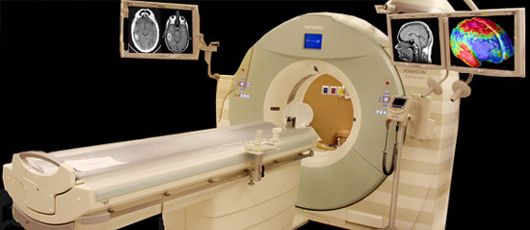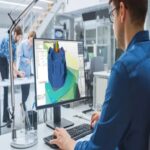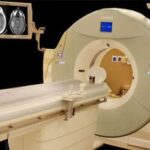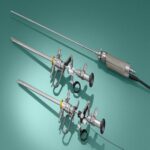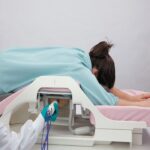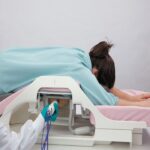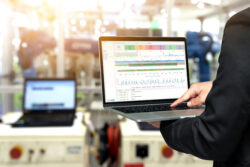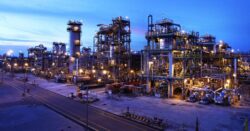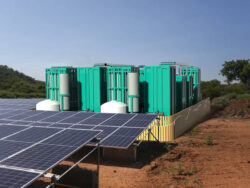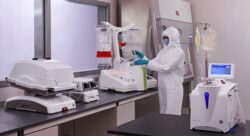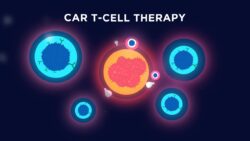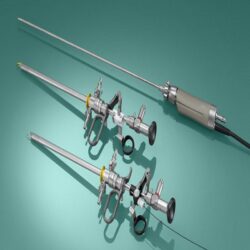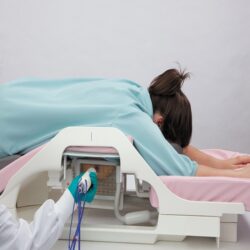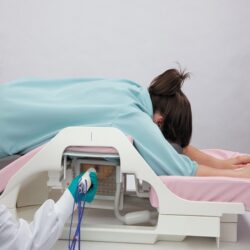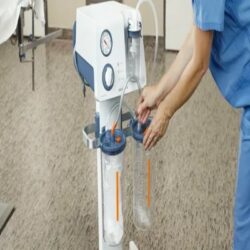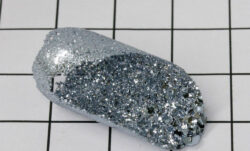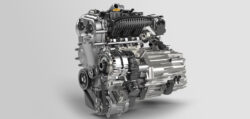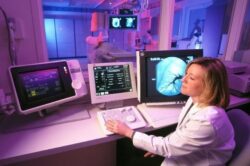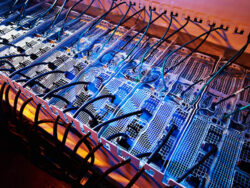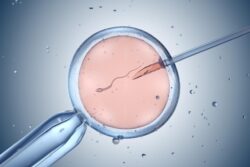How Computed Tomography Revolutionized Medical Imaging and Diagnostic Capabilities?
Computed Tomography (CT) has fundamentally transformed the landscape of medical diagnostics and patient care since its introduction in the 1970s. This sophisticated imaging technology combines X-ray measurements from multiple angles to create detailed cross-sectional images of the body, providing healthcare professionals with unprecedented insights into internal structures and pathological conditions.
The Evolution of CT Technology
The journey of CT scanning began with Sir Godfrey Hounsfield’s groundbreaking invention in 1971. The first CT scanner took several hours to acquire a single image and days to reconstruct it. Today’s advanced machines can capture multiple high-resolution images in mere seconds, with some capable of performing whole-body scans in under 30 seconds. This remarkable evolution has been driven by continuous technological improvements in detector systems, computer processing power, and reconstruction algorithms.Computed Tomography scanners employ multiple rows of detectors, known as multi-slice CT, which can simultaneously capture numerous image slices. The latest machines feature up to 320 detector rows, enabling the acquisition of entire organs in a single rotation. This advancement has particularly benefited cardiac imaging, where rapid scanning is crucial to capture the beating heart with minimal motion artifacts.
How CT Scanning Works?
During a CT scan, an X-ray tube rotates around the patient while emitting beams that pass through the body at different angles. Opposite the X-ray source, sophisticated detectors measure the amount of radiation that passes through the tissues. The varying degrees of radiation absorption by different body tissues create contrast in the images, with denser structures like bones appearing brighter than softer tissues.The collected data undergoes complex mathematical reconstruction using powerful computers to create detailed cross-sectional images. These individual slices can be stacked together to form three-dimensional representations, allowing healthcare providers to view anatomical structures from multiple angles and perspectives.
Clinical Applications and Benefits
CT scanning has become indispensable in modern medicine, serving numerous diagnostic and therapeutic purposes. In emergency medicine, CT scans rapidly identify traumatic injuries, internal bleeding, and stroke conditions, enabling quick medical intervention. Oncologists rely on CT imaging for cancer detection, staging, and monitoring treatment response.The technology excels in visualizing complex bone structures, making it valuable in orthopedics and dental imaging. CT angiography has revolutionized vascular imaging by providing detailed views of blood vessels without invasive catheterization. Additionally, CT-guided procedures have enhanced the precision of biopsies and minimally invasive interventions.
Radiation Safety and Risk Management
While CT scanning involves ionizing radiation, technological advances have significantly reduced radiation exposure. Modern scanners incorporate dose optimization features, including automatic exposure control and iterative reconstruction techniques, which maintain image quality while minimizing radiation dose.Healthcare providers carefully weigh the benefits against potential risks when ordering CT scans, particularly for pediatric patients and individuals requiring multiple examinations. The implementation of radiation dose tracking systems and adherence to the ALARA (As Low As Reasonably Achievable) principle help ensure patient safety while maximizing diagnostic value.
Technological Innovations and Future Developments
Recent innovations in CT technology continue to expand its capabilities. Dual-energy CT, which uses two different X-ray energy levels, provides enhanced tissue characterization and material differentiation. Photon-counting detectors represent the next frontier, promising improved spatial resolution and reduced radiation dose.Artificial intelligence and machine learning algorithms are increasingly integrated into CT systems, automating image reconstruction, enhancing image quality, and assisting in diagnosis. These developments are making CT scanning more efficient, accurate, and accessible while reducing the workload on healthcare professionals.
Economic Impact and Healthcare Accessibility
The widespread adoption of CT technology has significantly influenced healthcare economics. While the initial investment in CT equipment is substantial, the technology’s ability to provide quick, accurate diagnoses often leads to more efficient patient care and reduced healthcare costs in the long term.However, accessibility remains a challenge in many regions, particularly in developing countries. Efforts to develop more affordable CT systems and mobile units are helping to bridge this gap, ensuring that more patients can benefit from this essential diagnostic tool.
Integration with Other Imaging Modalities
CT scanning frequently complements other imaging modalities, such as magnetic resonance imaging (MRI), positron emission tomography (PET), and ultrasound. Hybrid imaging systems, particularly PET/CT scanners, combine the anatomical detail of CT with functional information from nuclear medicine techniques, providing comprehensive diagnostic information in a single examination.
Impact on Medical Education and Research
CT technology has revolutionized medical education by providing detailed anatomical visualization for teaching purposes. Virtual anatomy programs based on CT data help students understand complex anatomical relationships. In research, CT imaging enables non-invasive study of disease
Get more insights on, Computed Tomography
Get This Report in Japanese Language: コンピュータ断層撮影
Get This Report in Korean Language: 컴퓨터 단층 촬영
Read More Articles Related to this Industry-What are the Key Developments in the Vertigo Treatments Market?
About Author:
Ravina Pandya, Content Writer, has a strong foothold in the market research industry. She specializes in writing well-researched articles from different industries, including food and beverages, information and technology, healthcare, chemical and materials, etc. (https://www.linkedin.com/in/ravina-pandya-1a3984191)
